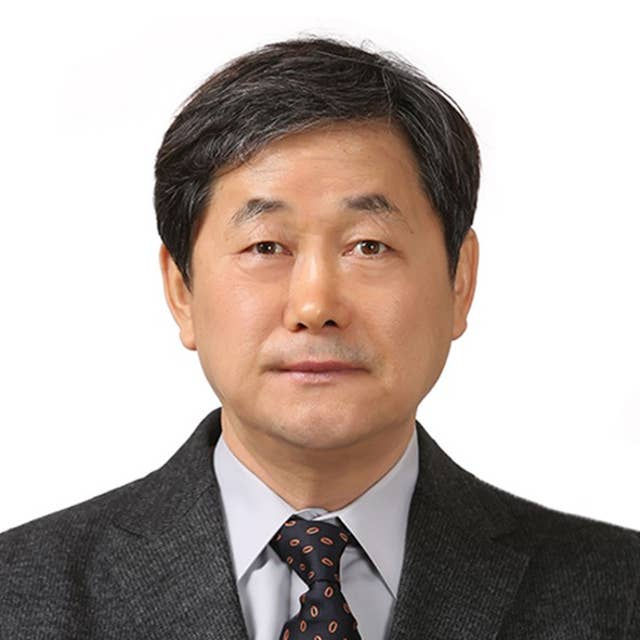ChLA 2021 International Panel Abstracts
- ChLA Global Committee

- May 25, 2021
- 3 min read

With two weeks until the 2021 Children's Literature Association's virtual conference, the ChLA International Committee is pleased to present the abstracts for the 2021 International Panel focusing on Korean Children’s Literature. Please join us virtually Wednesday, June 9th from 2:00-3:15pm Eastern Standard Time (EST) to hear these thrilling papers!
A Study on the Development and Recent Trends of Ecological Picture Books in Korea
HyugJun Kwon, Gongju National University, Korea

In this study, the latest ecological picture books published after 2010 are analyzed in terms of ecological criticism to discuss the significance and problems, and present directions for future ecological picture books. It was around the first half of the 1990s when ecological picture books began to appear in Korea. Picture books that express the seriousness of environmental problems began to appear in the early 2000s. In the 2010s, a variety of ecological picture books were published, and three trends of ecological picture books published during this period are found. First, picture books accuse human’s greed destroyed the nature. The second, the animal rights-themed picture books are found. The third, recent ecological picture books not only aims to report the destruction of the environment, but also aims to restore the destroyed natural environment and to seek peaceful coexistence of nature and human beings. In order for Korean ecological picture books to take a leap forward, they must produce works that are faithful to the ecological ideology which pursues human life harmonizing with nature. Also, they should present images of restoring the nature by showing activity and harmony between people and nature. Another task for the picture book writers to keep in mind is that they should adopt the concept of ecological literature widely, so that they can present a vision to embrace the disabled, the elderly, children, women and foreigners.
Three Ecological Views on Korean Children's Literature: From “April Last Night” (Bang Jung-hwan) in the 1920s to “The Forest of Mago” (Jang Sung-yu) in the 2000s
Jang Jeung-Hee, Seoul National University, Korea

The ecological discourse of Korean children's literature has evolved from the Harmony with Nature, the Critique of Human Discontinuity, to the Global Life Idea. It has gradually expanded from early-stage ecology using plants as a material to ecological discourse that identifies the global environment as organic life. This paper analyses the major works of each period, from the short fairy tale “April Last Night” by Bang Jung-hwan in the 1920s to The Forest of Mago by Jang Sung-yu in the 2000s. First, it discusses a pattern of monogamous nature-friendly ecology. In the early 1920s, Korean children's writers began creating ecological works that relied on animism and materialism, mainly by utilizing animal and plant materials. That early form began with Bang Jung-hwan (1899-1931), who is considered a pioneer of Korean children's literature. Second, the study demonstrates a critical ecological aspect of human alienation in Korean children’s literature from 1945 to 1970. Since Korean liberation in 1945, Korea underwent a period of industrialization until the 1970s. Cho Dae-Hyun, for example, published more than 40 works, including The Falcon of Bumbawi-gol, The Chicken of Asphalt, and Sleeping Mountains. Finally, the study examines Fantasy Ecology with Global Life Ideas.Since the turn of the century, Korean children's literature has begun to produce ecological discourse based on the spirit of global community in earnest. Kyun Jung-saeng's Ranrang Star was created as a space fantasy, while Jang Sung-yu's The Forest of Mago was created as a forest fantasy.
Police Dreaming DMZ: A Guide to Division for the South Korean Child
Dafna Zur, Stanford University, California

“Dreaming DMZ” interrogates the representations of the demilitarized zone in South Korean films and literature for young readers. Starting from the earliest film for children that was shot, incredulously, in the DMZ right after the armistice was signed, and culminating in an examination of a dozen books about the DMZ published for young readers between 2009-2019, this paper argues that film and literature on the DMZ exposes the extent to which the site is as much a palimpsest of war and division as it is a celebrated ecological haven. I argue that the representation of the DMZ, particularly the ecological aspects of this site, has elided the much more thorny and difficult discussions about the costs of South Korea’s economic development, the country’s dependence on unrenewable energy, and its knotty implication in a complex East Asian economy. It has also turned young readers’ attentions away from the political constructedness of the site, presenting instead a dreamscape untouched by politics—when the DMZ is anything but that.
A tentative conference schedule of all the presenters and panels is now available on the ChLA website.
For more information about our distinguished panelists and the 2021 International Committee panel, please visit our conference page. We look forward to seeing you virtually in two weeks!
If you livetweet or Instagram a panel or other conference-related event, please use the #chla21 hashtag so that others can find your posts.














Comments